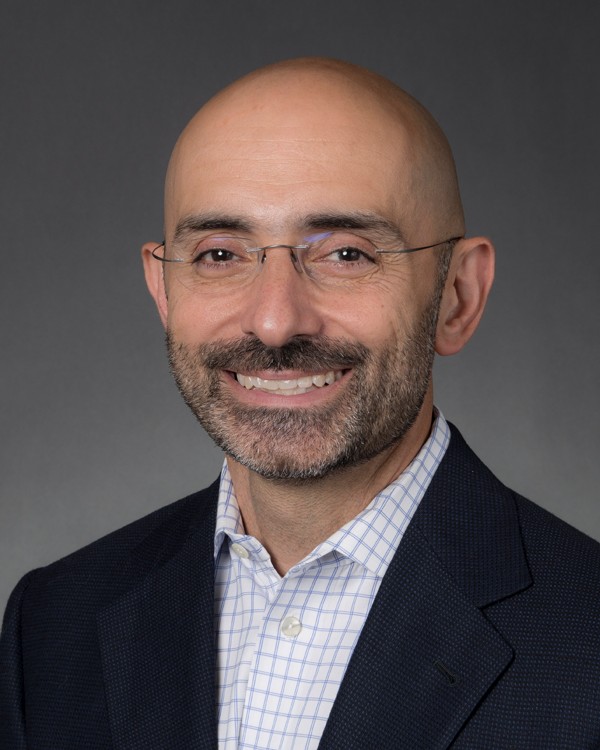
Laser Interstitial Thermal Therapy (LITT)
Virginia Mason Franciscan Health’s Center for Neurosciences and Spine now offers the most advanced form of laser interstitial thermal therapy (LITT) at Virginia Mason Medical Center in Seattle.
While programs are increasingly adopting LITT technology, we are the first in the five-state region of Washington, Alaska, Oregon, Montana, and Idaho to offer this proven LITT treatment with expanded visualization of brain tumors for optimizing results.
When is LITT an option?
LITT may be an option for patients with brain lesions, which may include brain tumors. Brain lesions appear as dark or light spots on brain imaging tests such as magnetic resonance imaging (MRI) or computerized tomography (CT). Options for addressing this tissue include removing it during an open (craniotomy) surgery or destroying the tissue during a minimally invasive LITT procedure.
Not all people are candidates for LITT. Your medical team will perform thorough testing to evaluate if you are an appropriate candidate and will discuss any questions you may have related to the procedure.
What is LITT?
Laser Interstitial Thermal Therapy (LITT) employs a surgical tool that uses laser energy to ablate (destroy) unwanted tissue in the brain, such as a brain tumor. Generally, this procedure is well tolerated, has a short recovery, and requires 1-2 stitches.
In order to undergo the procedure, you must be able to have MRI scans. Shaving your hair is generally not required. However, a small area of hair may need to be removed. You will receive anesthesia to put you to sleep during the procedure.
What can I expect during and after the procedure?
While you are in the operating room, the surgeon will create a small opening in the skull about the width of a pencil. This allows access for the laser device, which is called a laser probe. The location of the opening will depend on the area in the brain that the surgeon is targeting.
The rest of the procedure is performed in an MRI machine. While you are in the MRI, the doctor will guide the laser probe through the opening. Because the procedure is MRI-guided, the surgeon can see the specific area of the brain to be targeted. Using advanced surgical tools, the surgeon controls the delivery of laser light energy to the targeted tissue. This laser light heats and destroys the affected tissue. The precise nature of the procedure helps to lessen the likelihood of harm to nearby healthy brain tissue.
When you wake up after the procedure, you will have a stitch or two in the skin where the laser probe was inserted. Most patients go home in a couple of days. Follow-up appointments will need to be scheduled with your doctor as instructed.

The LITT system is a minimally invasive surgery, a type requiring only a small opening in the body instead of a large incision as in open surgery. Minimally invasive procedures are generally well tolerated, have a short recovery time, and patients go home with 1-2 stitches.
About Dr. Farrokhi
Farrokh Farrokhi, MD, is a board-certified neurosurgeon specializing in deep brain stimulation, skull base surgery, minimally invasive spine surgery, brain tumors, and laser interstitial thermal therapy (LITT). Dr. Farrokhi takes the time to get to know each patient, working to understand their wants and needs, and letting those guide therapies. He sees himself as a partner within the larger health care team, working to deliver the personalized care that each patient deserves.
In addition to taking care of patients, Dr. Farrokhi organizes and participates in international volunteerism. This work focuses on research and education, advancing neurosurgical care in developing countries.
Dr. Farrokhi has been named Top Doctor by Seattle Met and Seattle magazine continuously since 2009.
Virginia Mason Medical Center | 1100 Ninth Avenue | Seattle, WA 98101 | 206-223-7525

Farrokh Farrokhi, MD
Contact Dr. Farrokhi
To find out more about the LITT System or to make an appointment with Dr. Farrokhi, call 206-223-7525.
